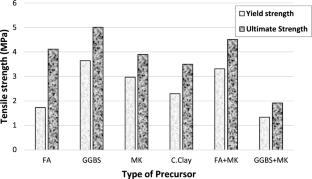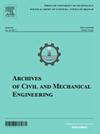Engineered geopolymer composite (EGC) is considered an excellent innovation in imparting the high ductility to the concrete composites with 100% eco-friendly and sustainable materials. This paper critically reviews the most significant state-of-the-art literature from the early 2010s to till date particularly focused on the individual and combined influence of different kinds of materials. The analysis of different materials performed in this paper includes the different binders, liquids, fine aggregate and fibers involved in the production of EGC by various researchers concerning workability, mechanical and microstructural parameters in which the peculiar influence of various materials towards the production of EGC is critically reviewed. The frequent material combination was identified to be fly ash, sodium activators, polyvinyl alcohol fiber and silica sand in the EGC productions, beyond which several researchers made remarkable accomplishments in EGC such as ultra-high ductility and high compressive strength, and it also summarizes the future challenges of research. Conscientiousness towards the special EGCs such as high strength EGCs and EGC at elevated temperatures are still under research. Inescapable artificial intelligence techniques were also successfully applied by few researchers which is also reviewed in-depth in this paper. Studies revealed that from various material combinations, the tensile strain capacity and compressive strength of 17% and 100 MPa was obtained to be the best. EGC fibers can sustain upto the temperature of 250 °C. Higher fineness of precursors and lower particle size of fine aggregate enhance the effectiveness of EGC. The detailed reviews help the researchers to adopt the optimum materials in the production of EGC based on their requisites and availability which would certainly adhere to the structural applications. It is notable that high-prior research is still required in testing the EGC as a retrofit material by layering and developments of special EGC like self-compacting EGCs.




